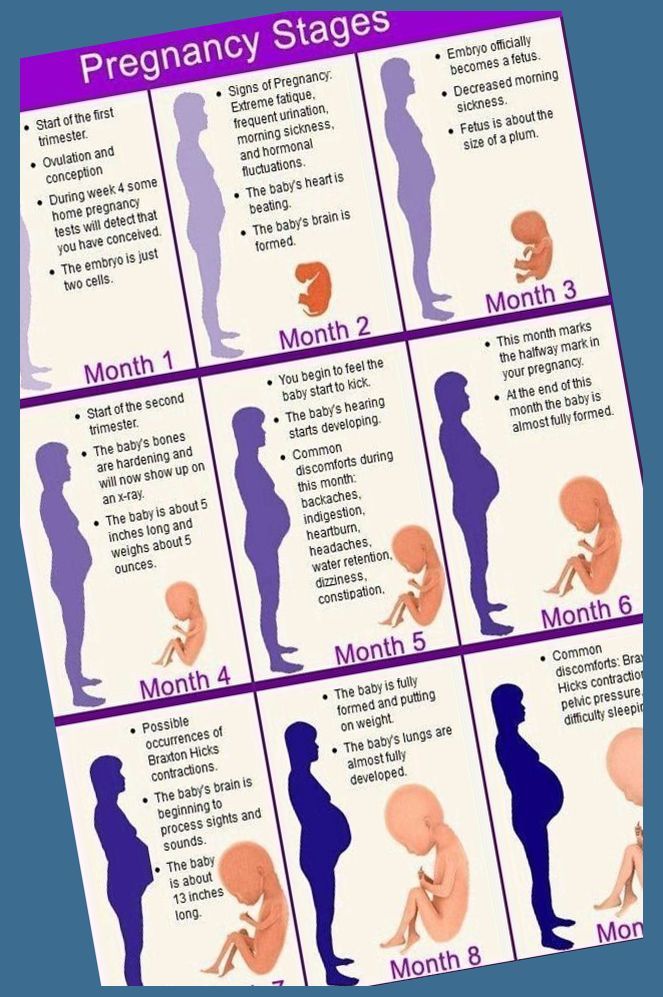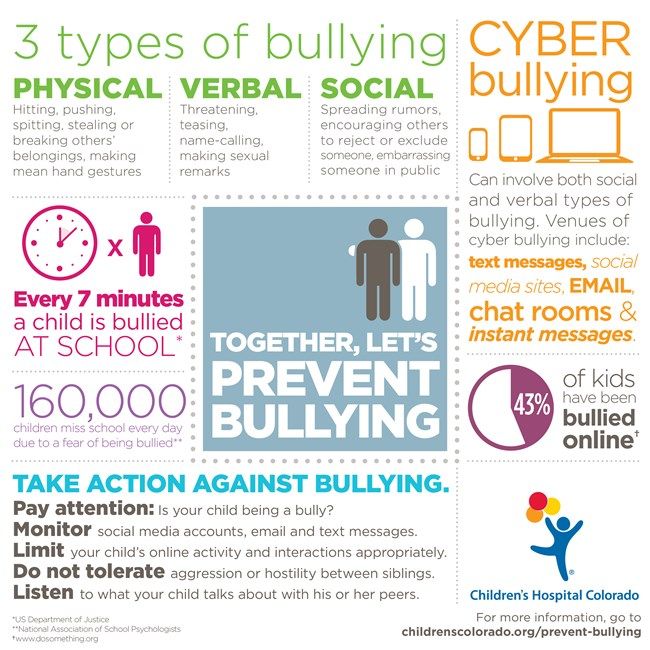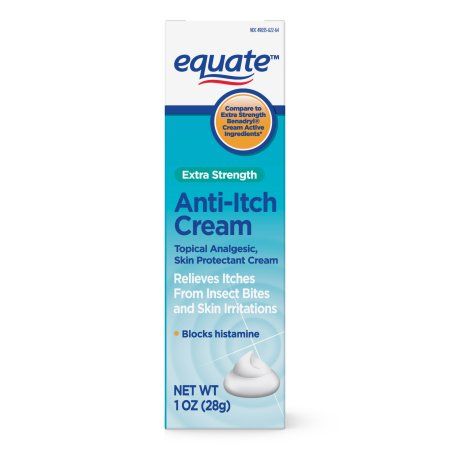Rashes sign of pregnancy
Symptoms and what they look like
Some people develop skin rashes during pregnancy. The medical name for this is pregnancy dermatosis. Rashes can vary in severity and duration, depending on what causes them.
Hormone levels, stretching skin, genetics, and blood flow can all play a role.
This article discusses seven types of rash that can occur during pregnancy, including their symptoms and treatments. It also looks at how people can manage the symptoms at home.
Itchy skin is common during pregnancy, and some people also develop rashes. Some types of rash are specific to pregnancy, while others can occur at any time. However, some rashes may be more likely during pregnancy for some people due to the physical changes their body is going through.
In most cases, skin rashes are not serious and do not indicate a problem with the fetus. However, identifying the cause early on is important, as some rashes are a symptom of an underlying condition.
Some rashes that can occur during pregnancy include:
- heat rash
- hives
- atopic eruption of pregnancy
- pruritic urticarial papules and plaques of pregnancy (PUPPP) rash
- intrahepatic cholestasis of pregnancy (ICP)
- impetigo herpetiformis
- pemphigoid gestationis
Pregnancy can cause people to feel unusually warm because of increased blood supply to the skin. As a result, a person may find that they sweat more, which, in some cases, may lead to a heat rash.
A heat rash, or prickly heat, causes an itchy patch of tiny blisters on the skin. Staying cool and dry can help heat rashes heal. If a person experiences heat rashes, they can try:
- wearing loose clothing made from natural fibers, such as cotton
- working and sleeping in cool, well-ventilated rooms
- changing out of wet clothing as soon as possible
- using cool water compresses on the rash
Hives look like raised bumps or welts on the skin. They itch and often occur due to an allergic reaction. However, there are other possible causes, including:
- heat
- scratching the skin
- stress
- pressure on the skin
Feeling hot and itchy is common during pregnancy and may lead to hives. In addition, the authors of a 2013 article suggest that hormonal changes may also induce hives.
A person can treat mild hives at home by cooling the skin.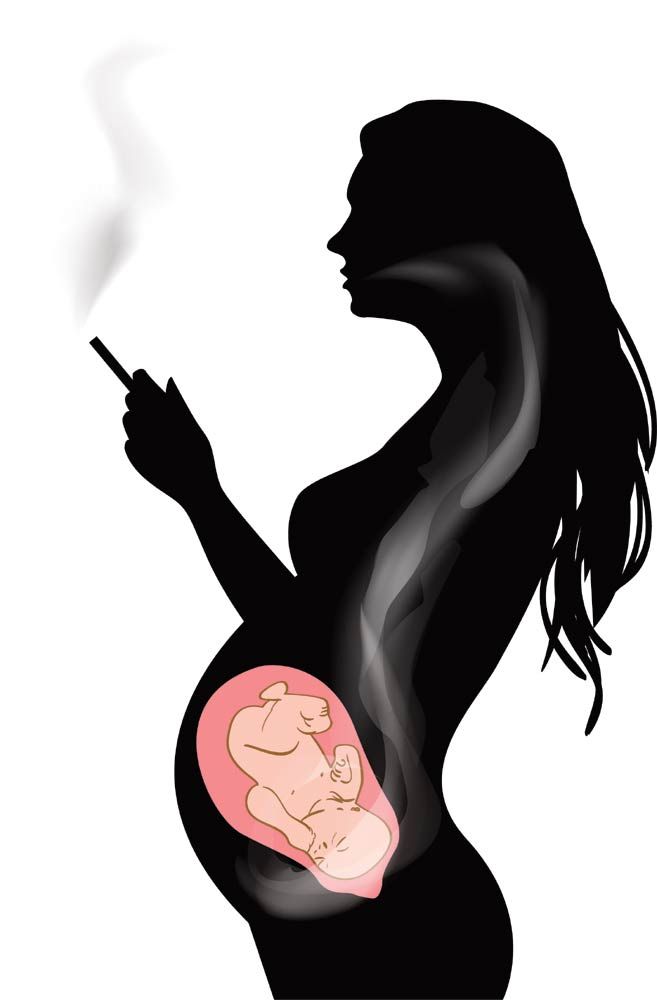 If the hives are severe or occur alongside swelling or difficulty breathing, a person should seek immediate medical help.
If the hives are severe or occur alongside swelling or difficulty breathing, a person should seek immediate medical help.
Atopic eruption of pregnancy is the most common pregnancy-specific skin disorder. The term groups several similar pregnancy rashes together. These include:
- atopic eczema
- prurigo of pregnancy
- pruritic folliculitis of pregnancy
Eczema is a very dry and itchy rash that appears red in lighter skin and gray or brown in darker skin. People who develop eczema during pregnancy may find that lesions flare up more than usual during the first and second trimesters.
Prurigo of pregnancy involves a rash that consists of papules, which are small bumps filled with fluid. Pruritic folliculitis causes papules that resemble pimples, or acne.
These conditions are uncomfortable but do not pose a risk to the pregnant person or the fetus. The rash will often disappear after delivery. Until then, a doctor may prescribe emollients, steroid creams, or antihistamines to reduce itching.
PUPPP rash affects about 1 in every 160 pregnancies. This condition is more common in people carrying multiple fetuses, as with twins or triplets.
A PUPPP rash develops when the skin stretches, damaging the layer of tissue underneath. This causes inflammation, which appears as a rash. A PUPPP rash sometimes begins in the second trimester but usually develops in the final 3 months of pregnancy. It goes away after giving birth.
A PUPPP rash is itchy and produces bumps on the skin, but it does not cause complications. A doctor may suggest using oral antihistamines, skin emollients, or steroid medication to treat it.
ICP, or obstetric cholestasis (OC), is a potentially serious liver condition that can occur during pregnancy. It causes severe itching that begins on the palms of the hands and the soles of the feet before spreading to other parts of the body. The itching may occur with or without a rash.
Sometimes, itching is the only symptom of ICP. Occasionally, a person may also develop jaundice, which causes the nails, skin, and eyes to become slightly yellow.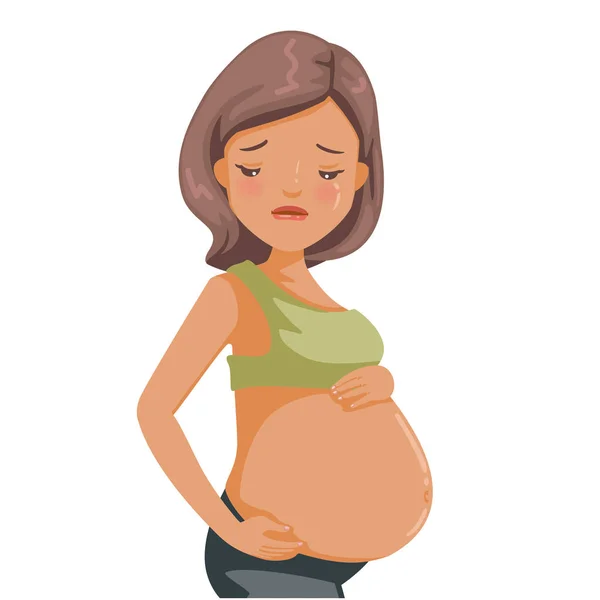 ICP typically occurs in the third trimester.
ICP typically occurs in the third trimester.
The likelihood of developing ICP differs among ethnic groups. The condition affects 1% of females of Northern European ancestry. It is more common in people of Scandinavian or Araucanian Indian descent.
ICP can cause pregnancy complications, so early recognition, diagnosis, treatment, and close surveillance are very important. Severe itching in pregnancy is not normal, so a person should see a doctor immediately if this occurs.
Impetigo herpetiformis is a rare skin condition that appears during pregnancy, often in the last trimester. It is similar to pustular psoriasis, which causes severe skin inflammation.
This rash begins as lesions in the skin folds. These can then spread across the surface of the skin, covering large patches. The skin may crust or become infected. People can also experience:
- fever
- diarrhea
- dehydration
- rapid heartbeat
- seizures
Impetigo herpetiformis usually resolves after a person gives birth, but there is a risk of stillbirth.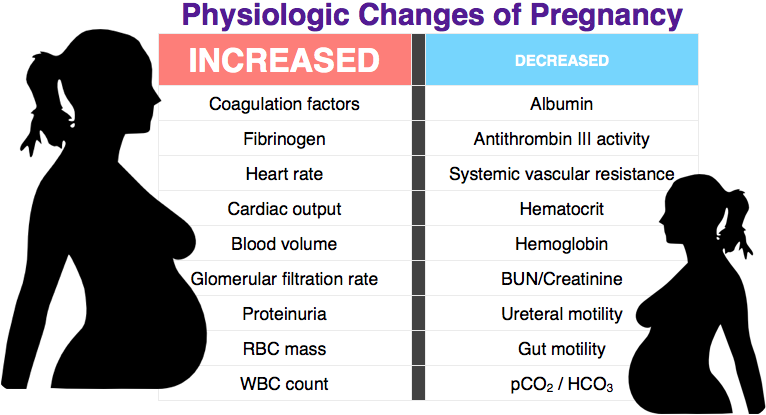 In rare cases, this condition is fatal. Doctors manage the condition and reduce these risks by prescribing systemic corticosteroids and antibiotics.
In rare cases, this condition is fatal. Doctors manage the condition and reduce these risks by prescribing systemic corticosteroids and antibiotics.
If a person experiences impetigo herpetiformis during one pregnancy, they may experience it again in future pregnancies.
Pemphigoid gestationis is a rare autoimmune disease that affects 1 in every 50,000 pregnancies. It causes an itchy, hive-like rash that begins around the navel and then spreads to other parts of the body. The rash may also include blisters.
This condition often begins in the second or third trimester. It can resolve during late pregnancy, but it often flares up before delivery. After pregnancy, the menstrual cycle or use of oral birth control pills may trigger the rash to return.
In 5–10% of pemphigoid gestationis cases, newborns are born with skin lesions. However, the exact risk that this condition poses to the fetus is unclear.
Mild rashes, such as hives, heat rash, or mild eczema, can improve with home management.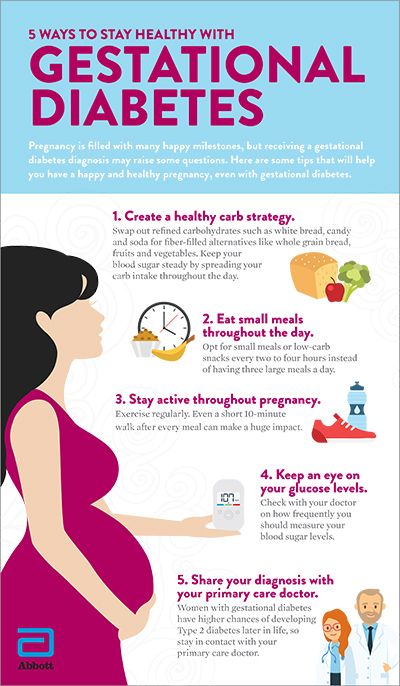 A person can try the following methods to soothe irritated skin and ease itching:
A person can try the following methods to soothe irritated skin and ease itching:
- keeping the skin clean and dry using a gentle, unscented cleanser
- washing with cool or lukewarm water rather than hot or cold water
- moisturizing the skin using an unscented emollient, particularly after bathing, showering, or washing the hands
- avoiding products that may irritate the skin, such as harsh soaps or perfumes
- wearing loose, soft fabrics, such as cotton or linen
- using cool compresses, colloidal oatmeal baths, or calamine lotion to soothe itching
- avoiding scratching the skin, as this can make some skin conditions worse
Many forms of pregnancy rash are harmless, but it is always best to see a doctor so that they can identify the cause and confirm that a person does not need medical treatment. A doctor can also advise on the best way to care for skin conditions during pregnancy.
A person should seek immediate treatment if a rash:
- appears suddenly and spreads quickly
- causes severe itching or pain
- co-occurs with difficulty breathing and swelling
- is weeping pus or looks infected
A person should also see a doctor as soon as possible if they experience severe itchiness without a rash.
Rashes and itchy skin are common during pregnancy. Many rashes are harmless and may resolve after giving birth. However, in rare cases, rashes can be a sign of a more serious condition.
If a person does not know the cause of a pregnancy rash, they should see a doctor for a diagnosis.
Symptoms and what they look like
Some people develop skin rashes during pregnancy. The medical name for this is pregnancy dermatosis. Rashes can vary in severity and duration, depending on what causes them.
Hormone levels, stretching skin, genetics, and blood flow can all play a role.
This article discusses seven types of rash that can occur during pregnancy, including their symptoms and treatments. It also looks at how people can manage the symptoms at home.
Itchy skin is common during pregnancy, and some people also develop rashes. Some types of rash are specific to pregnancy, while others can occur at any time. However, some rashes may be more likely during pregnancy for some people due to the physical changes their body is going through.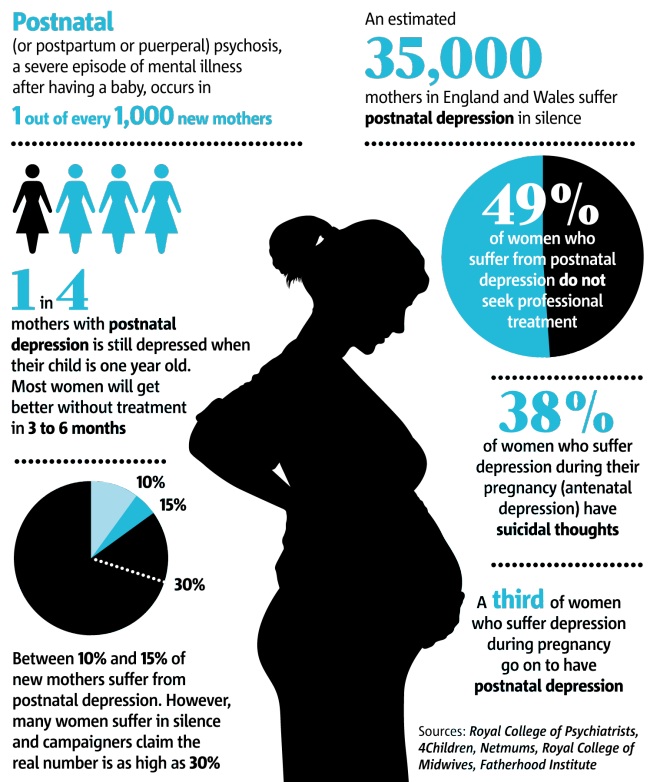
In most cases, skin rashes are not serious and do not indicate a problem with the fetus. However, identifying the cause early on is important, as some rashes are a symptom of an underlying condition.
Some rashes that can occur during pregnancy include:
- heat rash
- hives
- atopic eruption of pregnancy
- pruritic urticarial papules and plaques of pregnancy (PUPPP) rash
- intrahepatic cholestasis of pregnancy (ICP)
- impetigo herpetiformis
- pemphigoid gestationis
Pregnancy can cause people to feel unusually warm because of increased blood supply to the skin. As a result, a person may find that they sweat more, which, in some cases, may lead to a heat rash.
A heat rash, or prickly heat, causes an itchy patch of tiny blisters on the skin. Staying cool and dry can help heat rashes heal. If a person experiences heat rashes, they can try:
- wearing loose clothing made from natural fibers, such as cotton
- working and sleeping in cool, well-ventilated rooms
- changing out of wet clothing as soon as possible
- using cool water compresses on the rash
Hives look like raised bumps or welts on the skin.![]() They itch and often occur due to an allergic reaction. However, there are other possible causes, including:
They itch and often occur due to an allergic reaction. However, there are other possible causes, including:
- heat
- scratching the skin
- stress
- pressure on the skin
Feeling hot and itchy is common during pregnancy and may lead to hives. In addition, the authors of a 2013 article suggest that hormonal changes may also induce hives.
A person can treat mild hives at home by cooling the skin. If the hives are severe or occur alongside swelling or difficulty breathing, a person should seek immediate medical help.
Atopic eruption of pregnancy is the most common pregnancy-specific skin disorder. The term groups several similar pregnancy rashes together. These include:
- atopic eczema
- prurigo of pregnancy
- pruritic folliculitis of pregnancy
Eczema is a very dry and itchy rash that appears red in lighter skin and gray or brown in darker skin. People who develop eczema during pregnancy may find that lesions flare up more than usual during the first and second trimesters.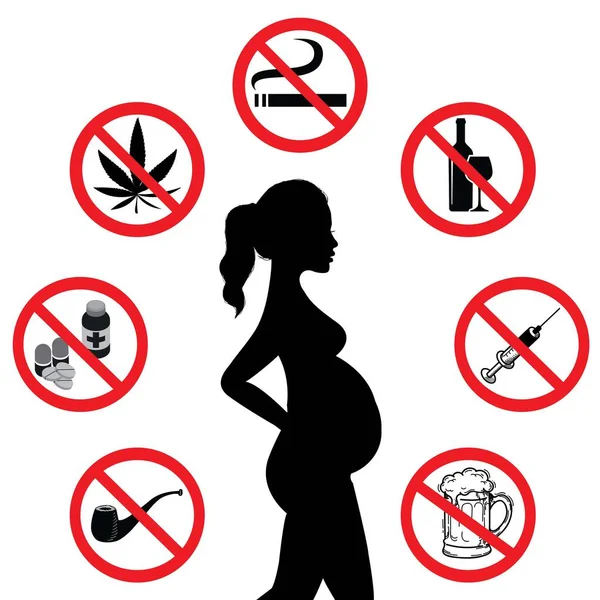
Prurigo of pregnancy involves a rash that consists of papules, which are small bumps filled with fluid. Pruritic folliculitis causes papules that resemble pimples, or acne.
These conditions are uncomfortable but do not pose a risk to the pregnant person or the fetus. The rash will often disappear after delivery. Until then, a doctor may prescribe emollients, steroid creams, or antihistamines to reduce itching.
PUPPP rash affects about 1 in every 160 pregnancies. This condition is more common in people carrying multiple fetuses, as with twins or triplets.
A PUPPP rash develops when the skin stretches, damaging the layer of tissue underneath. This causes inflammation, which appears as a rash. A PUPPP rash sometimes begins in the second trimester but usually develops in the final 3 months of pregnancy. It goes away after giving birth.
A PUPPP rash is itchy and produces bumps on the skin, but it does not cause complications. A doctor may suggest using oral antihistamines, skin emollients, or steroid medication to treat it.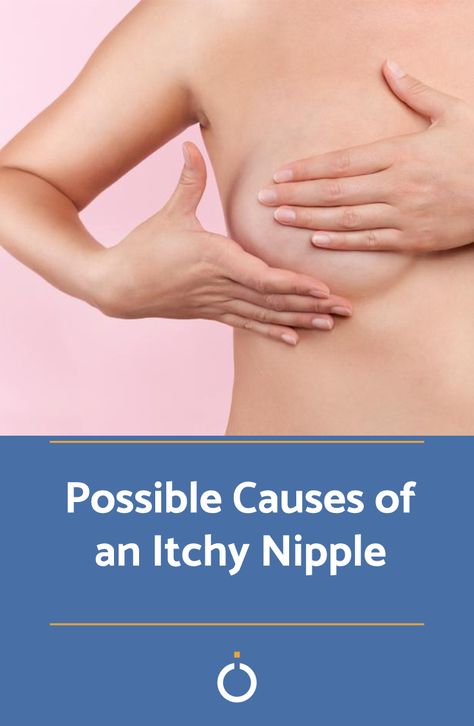
ICP, or obstetric cholestasis (OC), is a potentially serious liver condition that can occur during pregnancy. It causes severe itching that begins on the palms of the hands and the soles of the feet before spreading to other parts of the body. The itching may occur with or without a rash.
Sometimes, itching is the only symptom of ICP. Occasionally, a person may also develop jaundice, which causes the nails, skin, and eyes to become slightly yellow. ICP typically occurs in the third trimester.
The likelihood of developing ICP differs among ethnic groups. The condition affects 1% of females of Northern European ancestry. It is more common in people of Scandinavian or Araucanian Indian descent.
ICP can cause pregnancy complications, so early recognition, diagnosis, treatment, and close surveillance are very important. Severe itching in pregnancy is not normal, so a person should see a doctor immediately if this occurs.
Impetigo herpetiformis is a rare skin condition that appears during pregnancy, often in the last trimester.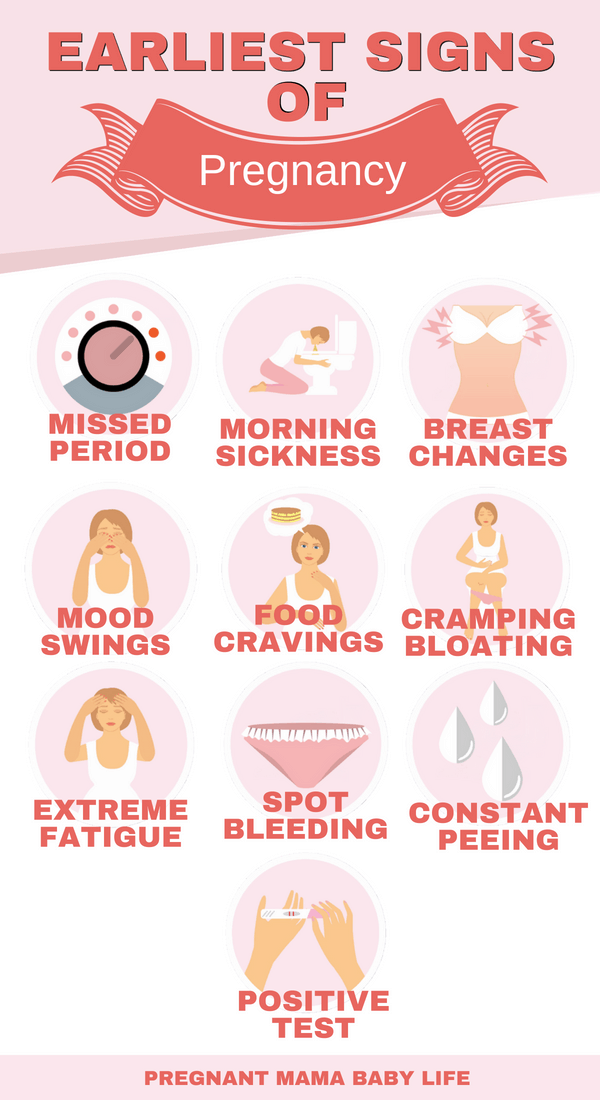 It is similar to pustular psoriasis, which causes severe skin inflammation.
It is similar to pustular psoriasis, which causes severe skin inflammation.
This rash begins as lesions in the skin folds. These can then spread across the surface of the skin, covering large patches. The skin may crust or become infected. People can also experience:
- fever
- diarrhea
- dehydration
- rapid heartbeat
- seizures
Impetigo herpetiformis usually resolves after a person gives birth, but there is a risk of stillbirth. In rare cases, this condition is fatal. Doctors manage the condition and reduce these risks by prescribing systemic corticosteroids and antibiotics.
If a person experiences impetigo herpetiformis during one pregnancy, they may experience it again in future pregnancies.
Pemphigoid gestationis is a rare autoimmune disease that affects 1 in every 50,000 pregnancies. It causes an itchy, hive-like rash that begins around the navel and then spreads to other parts of the body. The rash may also include blisters.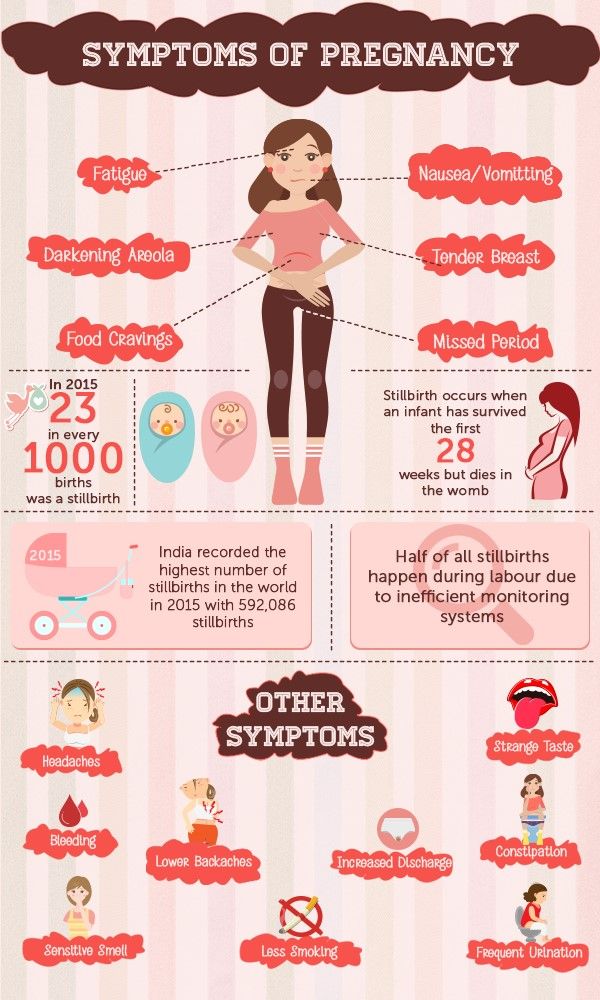
This condition often begins in the second or third trimester. It can resolve during late pregnancy, but it often flares up before delivery. After pregnancy, the menstrual cycle or use of oral birth control pills may trigger the rash to return.
In 5–10% of pemphigoid gestationis cases, newborns are born with skin lesions. However, the exact risk that this condition poses to the fetus is unclear.
Mild rashes, such as hives, heat rash, or mild eczema, can improve with home management. A person can try the following methods to soothe irritated skin and ease itching:
- keeping the skin clean and dry using a gentle, unscented cleanser
- washing with cool or lukewarm water rather than hot or cold water
- moisturizing the skin using an unscented emollient, particularly after bathing, showering, or washing the hands
- avoiding products that may irritate the skin, such as harsh soaps or perfumes
- wearing loose, soft fabrics, such as cotton or linen
- using cool compresses, colloidal oatmeal baths, or calamine lotion to soothe itching
- avoiding scratching the skin, as this can make some skin conditions worse
Many forms of pregnancy rash are harmless, but it is always best to see a doctor so that they can identify the cause and confirm that a person does not need medical treatment.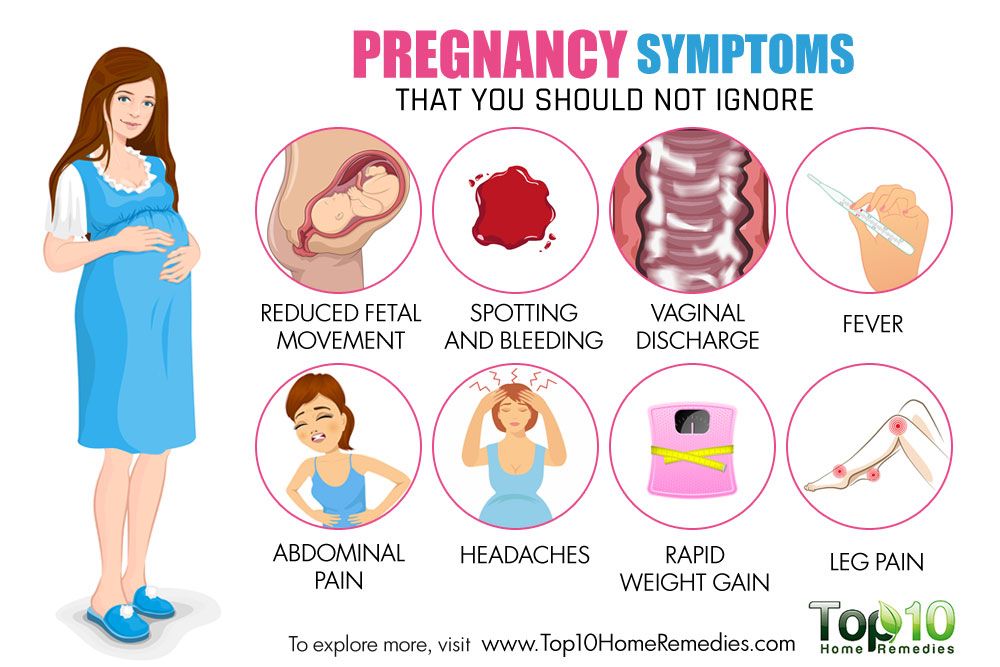 A doctor can also advise on the best way to care for skin conditions during pregnancy.
A doctor can also advise on the best way to care for skin conditions during pregnancy.
A person should seek immediate treatment if a rash:
- appears suddenly and spreads quickly
- causes severe itching or pain
- co-occurs with difficulty breathing and swelling
- is weeping pus or looks infected
A person should also see a doctor as soon as possible if they experience severe itchiness without a rash.
Rashes and itchy skin are common during pregnancy. Many rashes are harmless and may resolve after giving birth. However, in rare cases, rashes can be a sign of a more serious condition.
If a person does not know the cause of a pregnancy rash, they should see a doctor for a diagnosis.
Pimples during pregnancy - Juno
Pimples during pregnancy - Junohome
Articles
Acne during pregnancy
Changes such as acne during pregnancy (acne) spoil the mood and forced to look for ways to disguise.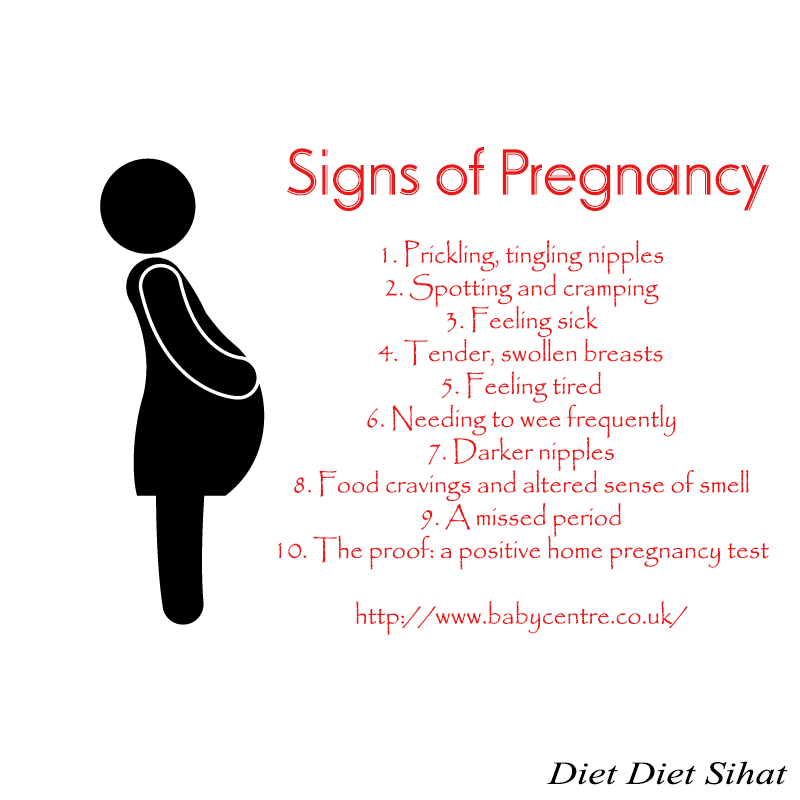 From the article you will learn about the reasons unpleasant rashes and how to deal with them effectively and in safe ways. nine0003
From the article you will learn about the reasons unpleasant rashes and how to deal with them effectively and in safe ways. nine0003
Contents of the article
Why do pregnant women get acne?
Signs that acne indicates that there will be a girl or a boy are nothing more than a myth. The gender of the child does not affect this process in any way. The problem arises, first of all, under the influence of hormonal changes and changes in the body:
- Increased sebum production. Spikes in estrogen and progesterone levels cause this phenomenon. The skin secret becomes thick and clogs the pores, which provokes the multiplication of microbes and the appearance of acne on the face, abdomen, shoulders, and chest. nine0021
- Dehydration. It happens in the early stages with toxicosis, accompanied by vomiting. In this case, the woman needs medical attention to rule out severe fluid loss.
- Stress. Pregnant women are characterized by nervousness, mood swings, fears and anxieties - all this is reflected in the work of the body.

- Reduced immunity. During pregnancy, the body's defenses are reduced, which causes the reproduction of pathogenic microflora, and, as a result, the spread of acne. nine0021
- Wrong diet. Eating fatty, spicy, sweet, smoked foods increases the production of sebum and causes acne on the face, buttocks, and back.
- Poor hygiene. The use of low-quality cosmetics, neglect of washing, timely removal of makeup exacerbate the problem.
Acne during pregnancy often appears in the early stages, but can also occur in the second and third trimester. The most likely period when the problem may begin to bother is 12-15 weeks. Possible places of distribution: on the face (on the chin, forehead, lips), chest, back, shoulders, pope. In rare cases, rashes may appear on the genitals. nine0003
Sometimes pregnant women say that acne, on the contrary, was earlier - before the delay, and disappeared during the bearing of the baby. This suggests that after conception, the hormonal background has become more favorable for a woman than before.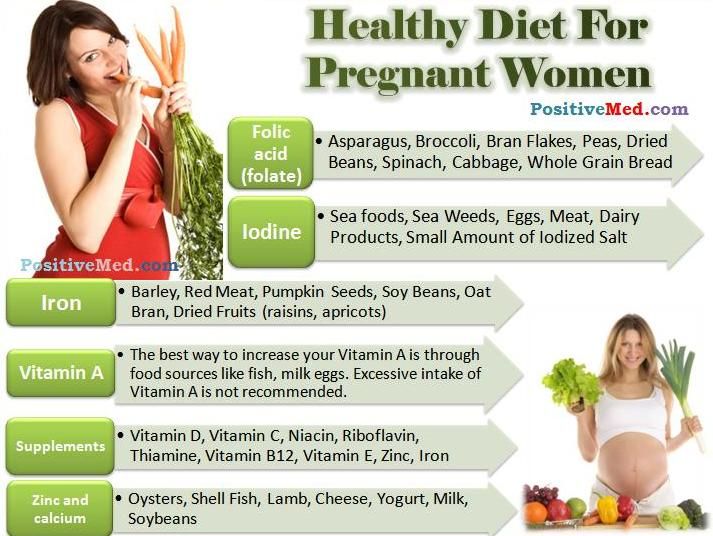
A hereditary factor cannot be ruled out. If your mother or grandmother is prone to acne, especially during pregnancy, then most likely this problem will not bypass you. Regardless of the child's gender and trimester, acne can and should be treated. nine0003
How to get rid of acne during pregnancy?
It is better to take care of the skin even before the delay. However, if acne still appeared at the beginning of pregnancy or later, you need to take action. Treatment of acne in a pregnant woman is possible by the following means:
- Creams and ointments with acids (citric, tartaric, malic).
- Skinoren (cream or gel), Zinerit lotion. Often used by teenagers and allowed for expectant mothers.
- Topical antibiotics may be used for short periods. In some cases, the use of antibacterial agents inside may be indicated: whether they are needed or not, the doctor decides. nine0021
- Cream-gel Cynovit. It contains mainly oils, therefore it is allowed at any time.
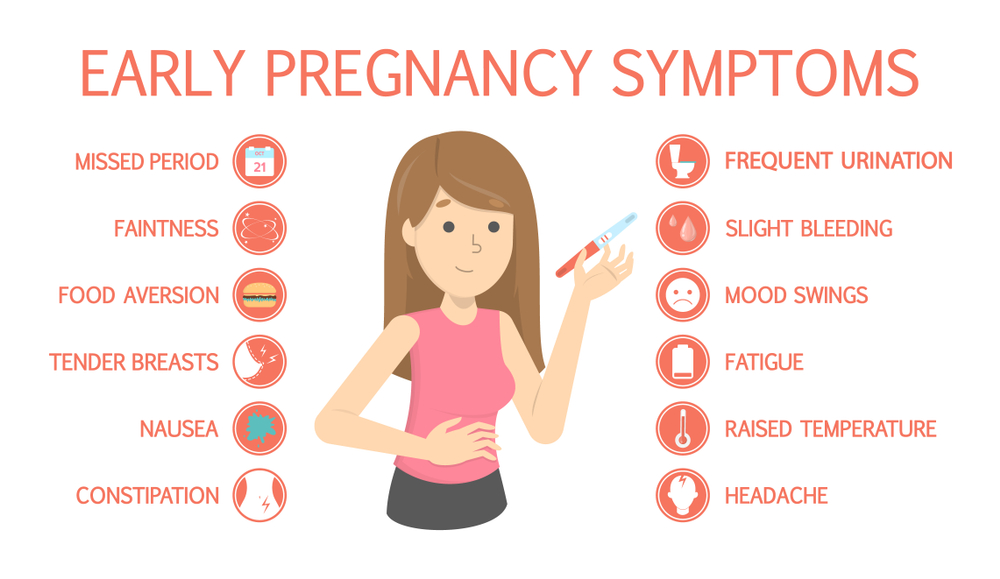 It will help get rid of skin problems on the face, chest, back.
It will help get rid of skin problems on the face, chest, back. - Zindol. Good for treating acne on the face during pregnancy.
- Mazi Kvotlan and Eplan. Suitable even when other means are contraindicated. Can be used on delicate areas - buttocks, genitals.
- Eat more vegetables, fruits, avoid sweets and fatty foods.
- Drink plenty of fluids.
- Wash your face regularly with a light foam or gel, even if the rash is long gone.
- Wear natural fabrics. nine0032
To prescribe ointments, creams, lotions, you must always contact the doctor. It is safer to use drugs from the second trimester - after 10-12 weeks. nine0003
You can also fight the problem with folk remedies. The most effective and safe of them are: masks made of clay, kefir, scrubs with sea salt, oatmeal, compresses with aloe juice, rubbing with apple cider vinegar.
Remember that you should not squeeze pimples on your forehead and any other areas - there is a risk of infection.
Which remedies for acne during pregnancy are prohibited?
Expectant mothers should not use cosmetics and products with salicylic acid, peroxides, benzene, antibiotics, steroids, isotretinoin, retinoids.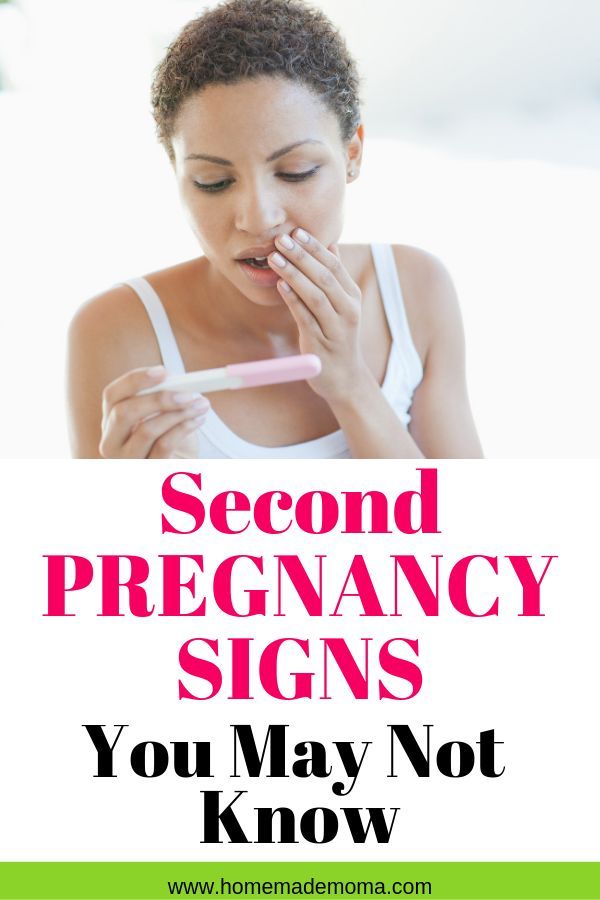 These substances can harm the unborn baby. Also, the conduct of chemical and laser peeling, phototherapy is questionable. nine0003
These substances can harm the unborn baby. Also, the conduct of chemical and laser peeling, phototherapy is questionable. nine0003
Methods of prevention
Preventing acne is easier than treating it. Follow these simple guidelines during pregnancy:
Even if acne still bothers you, most likely they will disappear after childbirth, when the hormonal background normalizes. Do not worry about a cosmetic defect and tune in a positive way.
Other articles
12/23/2022
Endometriosis during pregnancy: risks and complications
Pregnancy and endometriosis, it would seem, are incompatible concepts. We talk in the article about how endometriosis affects the onset of pregnancy, and what to do if you were diagnosed with endometriosis during pregnancy.
We talk in the article about how endometriosis affects the onset of pregnancy, and what to do if you were diagnosed with endometriosis during pregnancy.
11/20/2022
Endometriosis: causes and treatment
Among gynecological diseases, endometriosis occupies one of the first places. In this article, we will analyze what endometriosis is, what are the causes of its occurrence and how to treat it. nine0003
11/10/2022
Endometriosis in women over 40: causes and treatment
Endometriosis is a fairly common disease among women over the age of 40 years. In our article, we analyze in detail the symptoms of the disease in female patients after 40 years of age, how to properly prevent and treat this disease.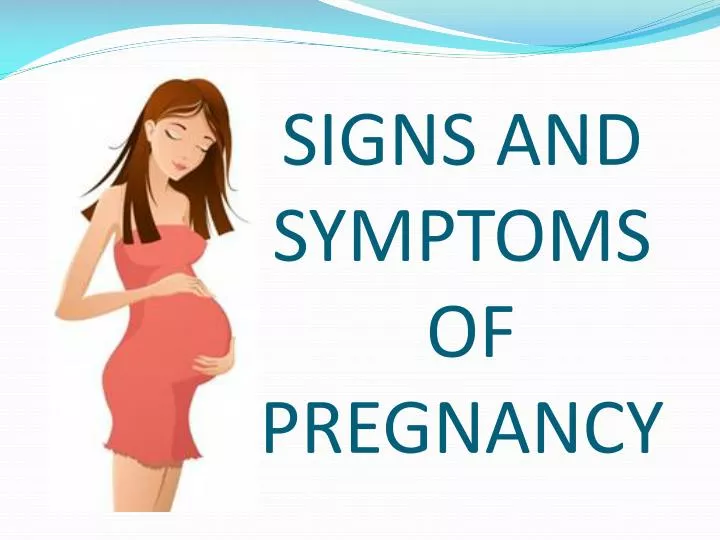
nine0002 Making an appointment?
Making an appointment?
Request a call
What will tell the skin of the face during pregnancy
Often, that a woman is expecting a baby, you can guess even before the appearance of characteristic roundness in the abdomen. You just need to look at it: very often the skin of the face in the early stages of pregnancy changes noticeably. This is due to the hormonal changes taking place in the body. Not always such changes please the expectant mother, but it is important to understand that they are completely natural. nine0003
FACE COLOR AND PIGMENTATION
The first thing you notice is the change in skin tone during pregnancy. Often, too bright blush plays on the cheeks of the expectant mother. This indicates an increased load on the vessels, which is quite natural during the gestation of the baby. If a woman has had freckles before, they may become even more noticeable. Brown-haired women and brunettes often face chloasma, popularly known as the mask of pregnant women. In this case, individual areas on the forehead, cheeks, chin, as well as on the back of the nose and under the lip darken. Because of this, the skin of the face acquires an uneven tone. Skin pigmentation in expectant mothers is completely natural: this is a consequence of an increase in the level of progesterone in the body. But do not think that such changes will remain forever. Even if the skin of the face deteriorated during pregnancy, as a rule, after the birth of the baby, the previous shade gradually returns to it. So it is not necessary to resort to complex procedures to combat pigmentation, just be patient. nine0003
In this case, individual areas on the forehead, cheeks, chin, as well as on the back of the nose and under the lip darken. Because of this, the skin of the face acquires an uneven tone. Skin pigmentation in expectant mothers is completely natural: this is a consequence of an increase in the level of progesterone in the body. But do not think that such changes will remain forever. Even if the skin of the face deteriorated during pregnancy, as a rule, after the birth of the baby, the previous shade gradually returns to it. So it is not necessary to resort to complex procedures to combat pigmentation, just be patient. nine0003
EDEMALS
Many pregnant women experience swelling. They are especially noticeable on the face. Due to swelling, it becomes larger and rounder. Such changes can be expressed to varying degrees. How to determine if edema has appeared? To do this, gently press on the skin with your finger. If a hole has formed on it, most likely, we are talking about the presence of edema. In this case, it is important to consult a doctor leading the pregnancy in a timely manner. The specialist will adjust the diet, as well as prescribe treatment, if necessary. nine0003
In this case, it is important to consult a doctor leading the pregnancy in a timely manner. The specialist will adjust the diet, as well as prescribe treatment, if necessary. nine0003
EXCESSIVE HAIR
At the end of the first trimester of pregnancy, many women notice that the amount of body hair has increased. Noticeable hairs can also appear on the face. This is due to the increase in the level of androgens - sex hormones that occurs during this period. To remove facial hair, you can use tweezers, sugar or wax epilation. At the same time, during pregnancy, the use of chemicals to combat unwanted vegetation is not recommended. In fact, it is not at all necessary to remove the hairs that have grown on the face and body: they will disappear by themselves about six months after childbirth. nine0003
RASHES
Many women complain that perfectly clean skin deteriorated during pregnancy: pimples appeared on it. Rashes can be associated with both an allergic reaction and hormonal disorders. When it comes to allergies, a small, well-marked rash usually appears on the skin, which may be accompanied by itching. With hormonal changes associated with an increase in the level of progesterone, the work of the sebaceous glands is activated. As a result, acne may appear on the face of a pregnant woman. The emergence of such problems contributes to an unbalanced diet, genetic factors, lack of fresh air. If acne appears, it is necessary to consult a dermatologist, be sure to inform the specialist about the ongoing pregnancy. The doctor will select therapy taking into account the condition of the woman: not all components of therapeutic creams, lotions and other products are allowed for use during this period. nine0003
When it comes to allergies, a small, well-marked rash usually appears on the skin, which may be accompanied by itching. With hormonal changes associated with an increase in the level of progesterone, the work of the sebaceous glands is activated. As a result, acne may appear on the face of a pregnant woman. The emergence of such problems contributes to an unbalanced diet, genetic factors, lack of fresh air. If acne appears, it is necessary to consult a dermatologist, be sure to inform the specialist about the ongoing pregnancy. The doctor will select therapy taking into account the condition of the woman: not all components of therapeutic creams, lotions and other products are allowed for use during this period. nine0003
DOES SKIN ALWAYS GO FOR THE WORSE?
You shouldn't think that carrying a baby inevitably leads to a deterioration in the appearance of the expectant mother. It often happens that the skin of the face during pregnancy shines with health and beauty! Hormonal changes can improve cell function and have a rejuvenating effect on the body.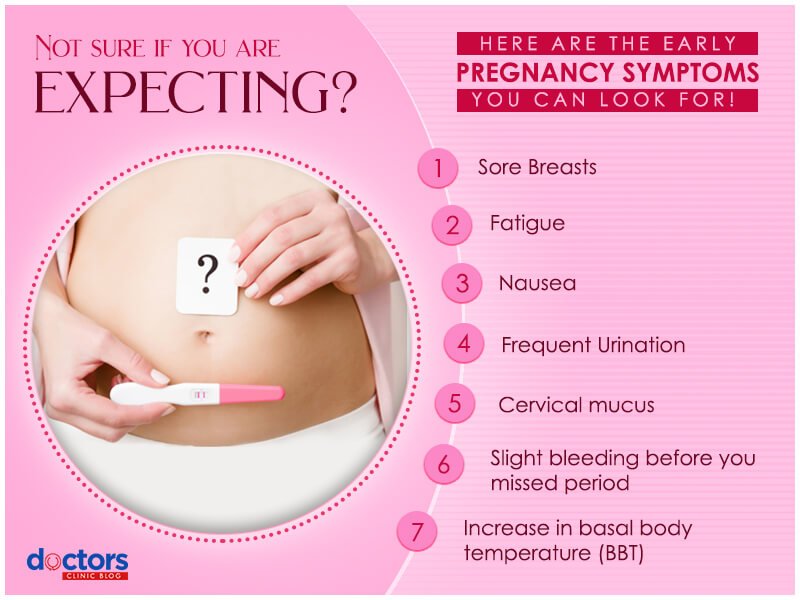 In addition, it is in the power of the expectant mother to properly care for the skin to help it maintain elasticity, softness and a healthy tone.
In addition, it is in the power of the expectant mother to properly care for the skin to help it maintain elasticity, softness and a healthy tone.
HOW TO CARE FOR YOUR SKIN DURING PREGNANCY
Use suitable cosmetics. During this period, it is especially important to study the composition of cosmetics. To cleanse the skin, it is recommended to use mild products without aggressive components. If rashes appear, the best option is the remedies recommended by the doctor with antiseptic components. You can use cosmetics designed specifically for pregnant women.
Protect your skin from the sun. At any time of the year, it is important to apply a cream with an SPF factor before going outside. Exposure to ultraviolet light can increase the pigmentation that appears under the influence of hormonal changes. nine0003
Choose gentle treatments. Deep peels and traumatic mechanical cleansing of the face are not suitable for pregnant women, because during this period the skin becomes especially sensitive, the pain threshold decreases.